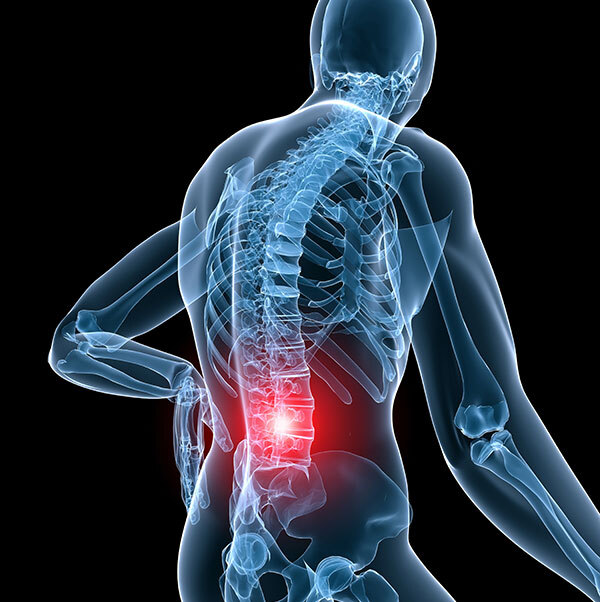In between each bone (or vertebra) of the spine lies a soft, cushion-like disc. These spinal discs serve multiple purposes; they act as shock absorbers, ligaments that hold the bones together, as well as joints that allow for slight spinal movement. These very important parts of the spine can become damaged due to different reasons, although usually, the aging process is to blame. When impaired spinal discs cause pain, this is called discogenic pain.
What Causes Discogenic Pain?
Pain originating from spinal discs is different from pain due to herniated (or slipped) discs. It’s believed that pain stemming directly from the discs themselves is caused by irritated nerve receptors that are located at the outer perimeter of the disc. This irritation is most likely due to:
- Aging (degenerative disc disease) – Over time, the water content of spinal discs decreases, making them more vulnerable to cracks and tears. Also, years of wear and tear on the discs from daily movement and activity causes degeneration.
- Genetics – Chemical changes in spinal discs may cause them to dry out faster than normal.
- Trauma – Injury to the spine may cause structural damage to the vertebrae and in turn, this structural change may damage the adjacent spinal discs.
What Are the Symptoms of Discogenic Pain?
The lower back and the neck area are the most common places for disc damage to occur, thus symptoms typically correspond to these areas and may include:
- Low back pain that increases while bending forward, sitting, coughing, or sneezing
- Pain felt in the thighs or buttocks
- Pain while turning or tilting the head
- Muscle spasms in the neck
- Pain extending from the neck into the arms
How Is Discogenic Pain Diagnosed?
After reviewing your medical history and performing a physical exam, your doctor will most likely order an MRI (magnetic resonance imaging) test to conclude if you have a damaged disc or discs. Aside from this, sometimes another test called a discogram is performed. This is a more invasive test that uses x-rays to examine the discs in your spine. A special dye is injected into the disc(s) so it is visible with x-ray and fluoroscope monitors.
What Is the Treatment for Discogenic Pain?
Treatment for discogenic pain depends on the severity of your symptoms and how much they are impacting your daily life. Treatment options may include:
- Physical therapy – This typically includes stretching and strengthening exercises that will help stabilize the back and neck, as well as traction, and massage.
- Medications – Over-the-counter anti-inflammatories or stronger prescribed drugs may be necessary.
- Spinal injections – This out-patient procedure involves injecting a steroid medication into the spine for fast alleviation of pain.
- Surgery – If the symptoms are
verysevere and debilitating, surgery such as spinal fusion or disc replacement may be necessary.


